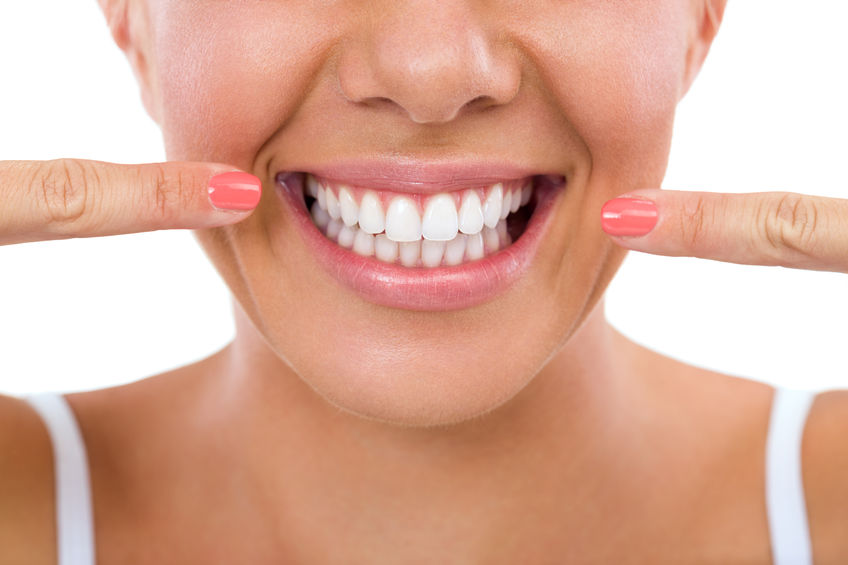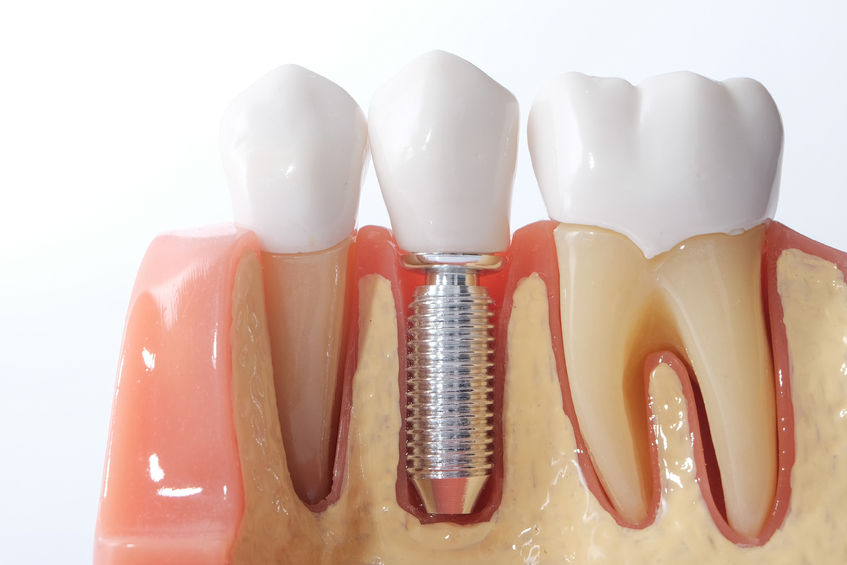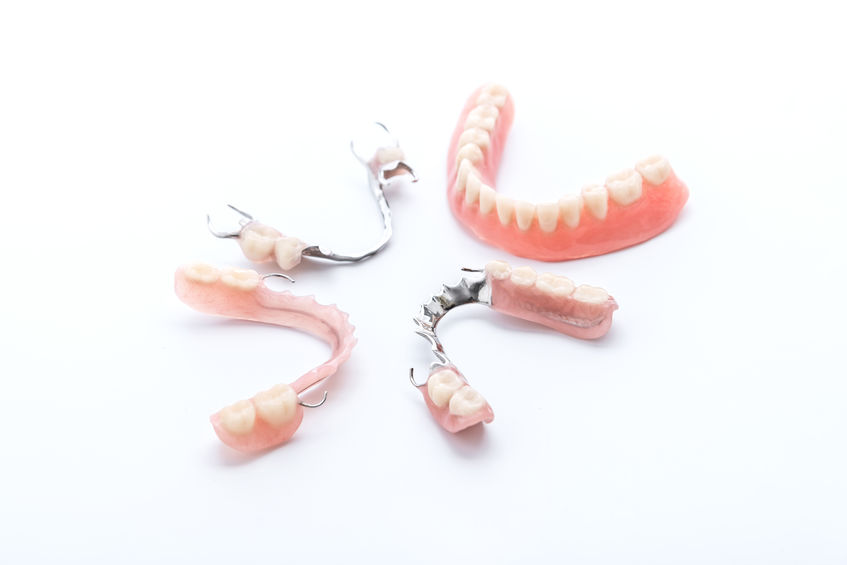What Are the Different Types of Restorative Dentistry?
We know we should brush our teeth twice a day and floss each day, but even with great home care we are prone to cavities, chipped teeth, or imperfect smiles. That’s why it’s also important to visit your dentist at least twice a year. They are able to monitor your oral health and provide necessary treatment to keep your mouth in the best possible condition. So whether you have tooth decay, broken or missing teeth, restorative dentistry can return your smile to its best. With all that being said, what are your restorative options? Depending on the condition of the tooth, or teeth, and what the patient is trying to achieve, below are the most common options for repairing and rebuilding your smile.

Bonding – Effective for a variety of restoration dentistry, composite resin, a tooth colored material, is useful for fixing cracks, chips, broken teeth and even gaps.
Crowns – If a filling is too large to be restored without compromising the integrity of the tooth, a dental crown is necessary. Your doctor prepares the tooth then sends impressions to be fabricated in a lab. When completed, it is affixed permanently by your dentist with a strong dental cement. These are typically made of a ceramic material and will be indistinguishable from the rest of your teeth.
Inlays and Onlays – When up to three surfaces of a tooth require replacement, an inlay may be used. If the chewing surface, along with some of the 
Bridges and Implants – In the event of a missing tooth, a bridge can be constructed by crowning the adjacent teeth, called abutments, anchoring a fake tooth, known as a pontic, in between. It is literally ‘bridging the gap’ where the tooth is missing. A more popular choice these days is to have an implant placed. Made of titanium so they are not rejected by the body, they mimic a dental root in the bone. A fabricated crown is permanently cemented when healing is complete and the implant is integrated into the bone, usually in three to four months.
Partials and Dentures – Where several teeth are missing, and bridges or implants aren’t feasible, a removable partial can be utilized to reform your smile. A prosthetic device containing artificial teeth supported on a framework, it attaches to the natural teeth with retainers. Similarly, full dentures are when a full set of teeth on either arch are needed. Unlike bridges or implants, both of these devices need to be removed and cleaned daily and for sleeping.
Veneers – Thin shells composed of porcelain are custom made to fit over teeth, providing a natural, attractive look. Most often chosen for the purpose of revamping your smile, they can be used to fix stained, misaligned, worn down or abnormally spaced teeth.
No restoration will last forever and will need to be maintained, and ultimately replaced, to ensure continued protection of the tooth. At C R Dental Group, located in Dallas, Texas, we offer general dentistry services to help patients achieve and maintain optimal oral health. Voted one of the Best Dentists in Dallas, Dr. James Reisman and Dr. Jordana Contrucci provide outstanding cosmetic services and can also help rebuild your smile to give you the smile of your dreams!



